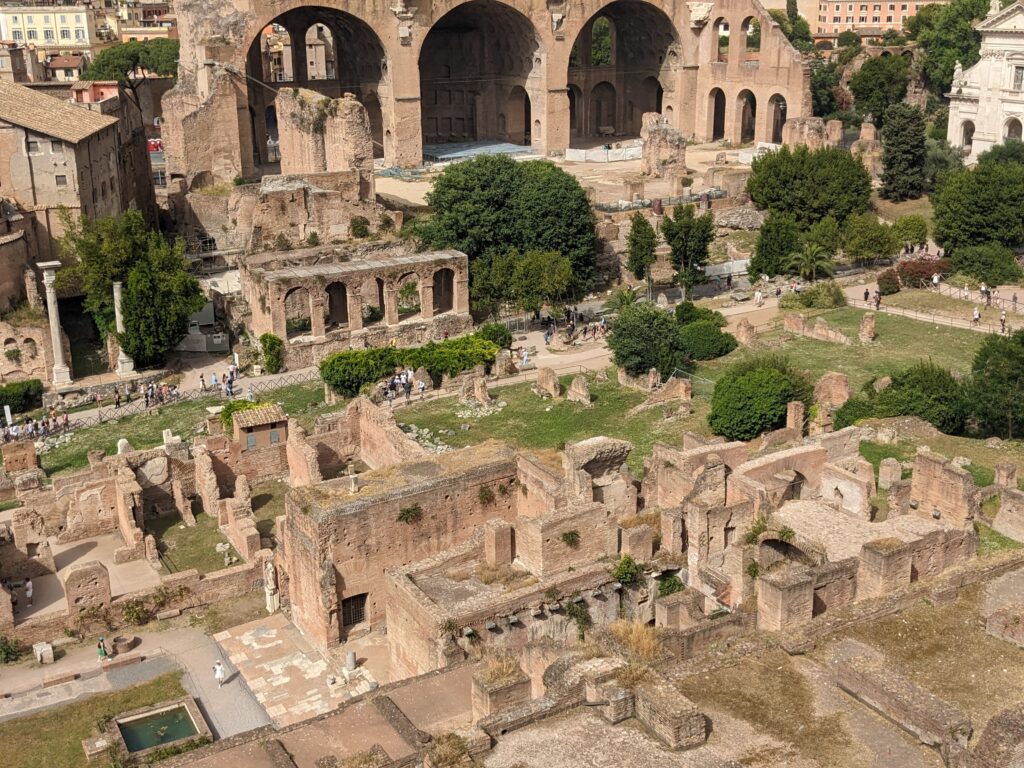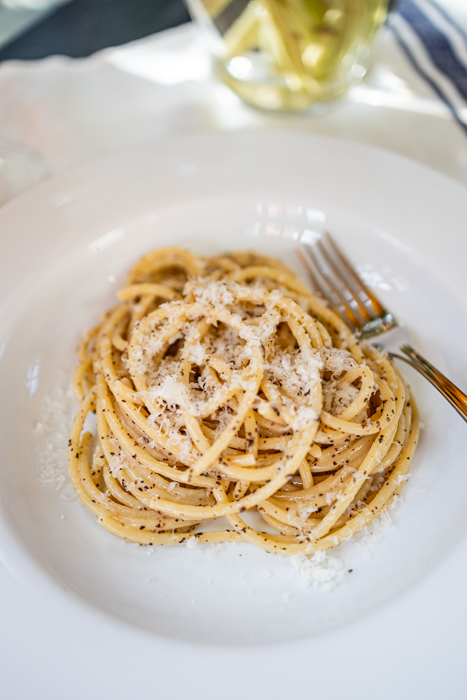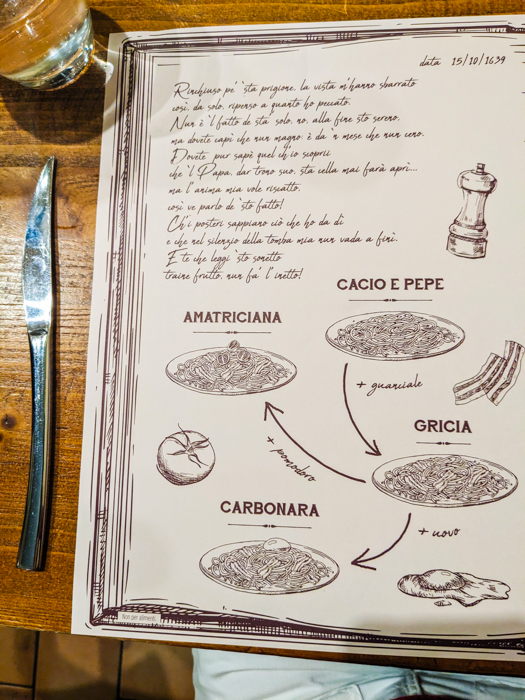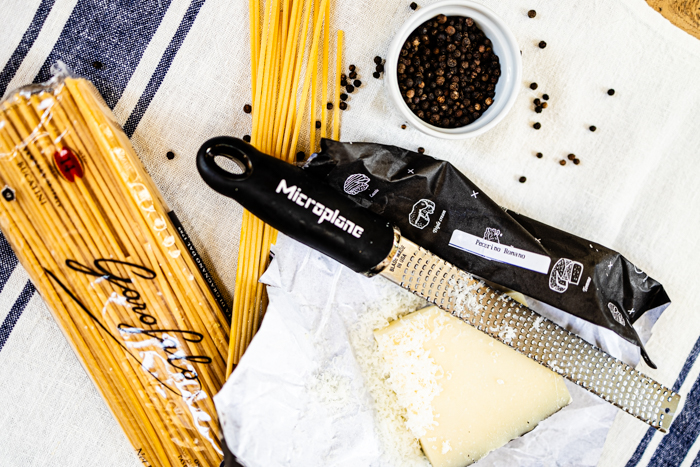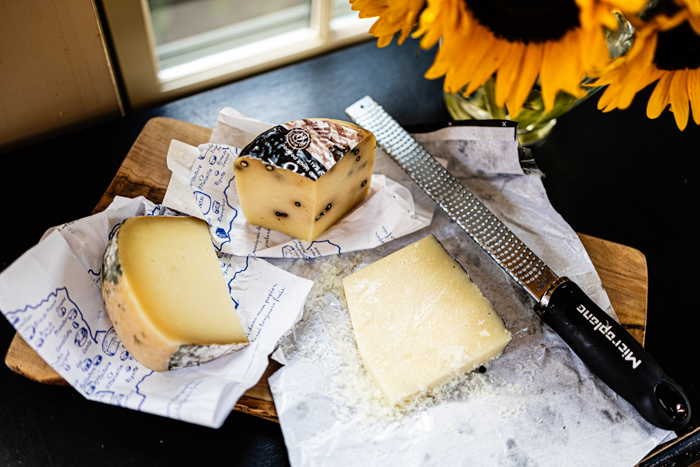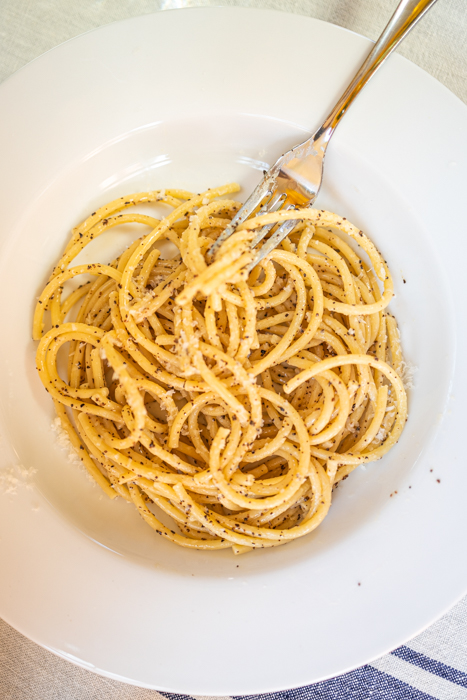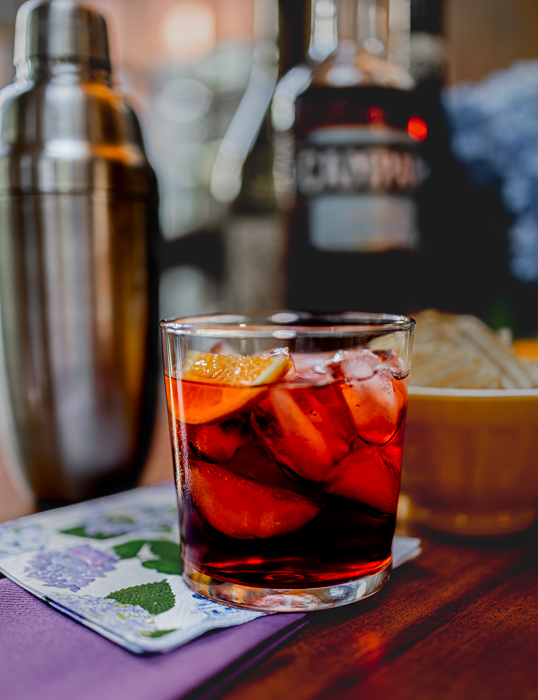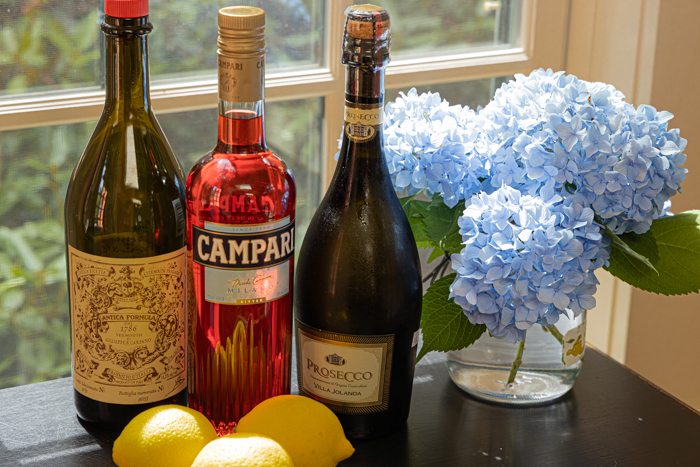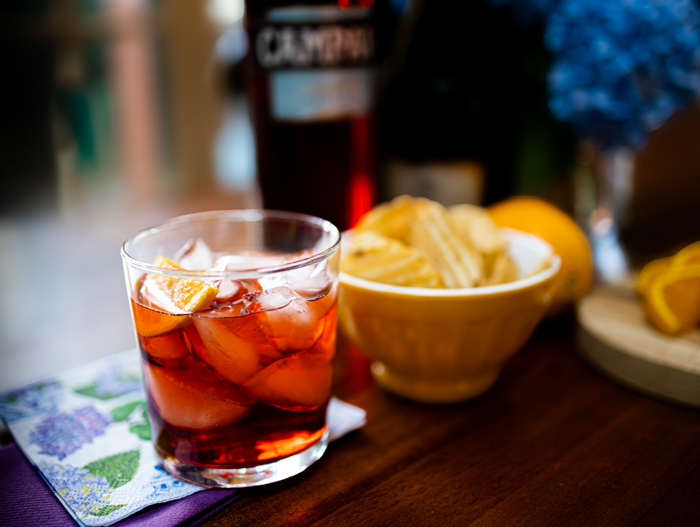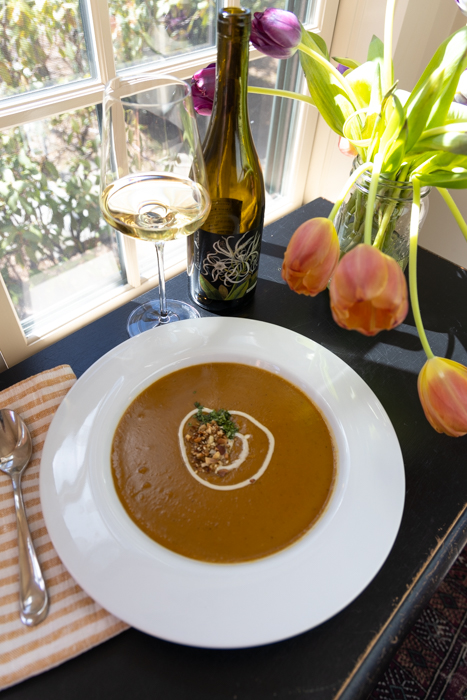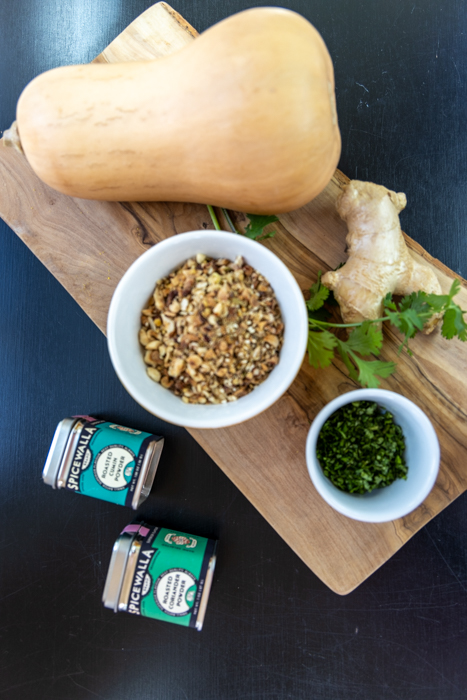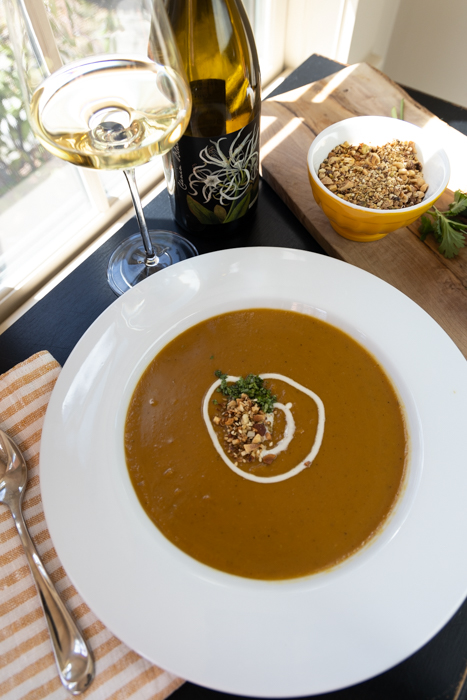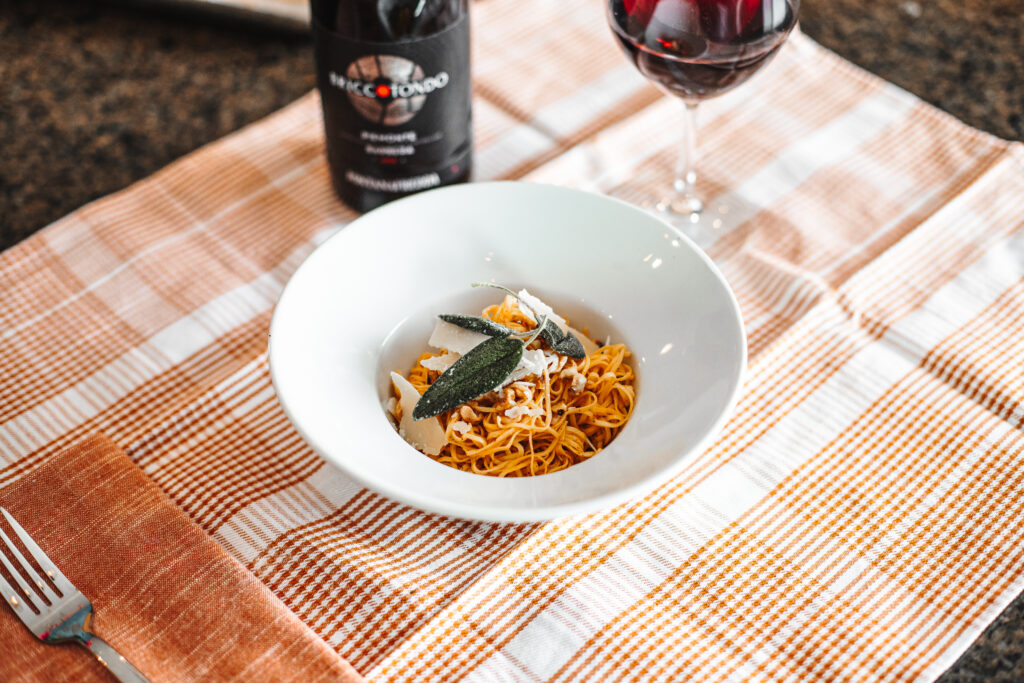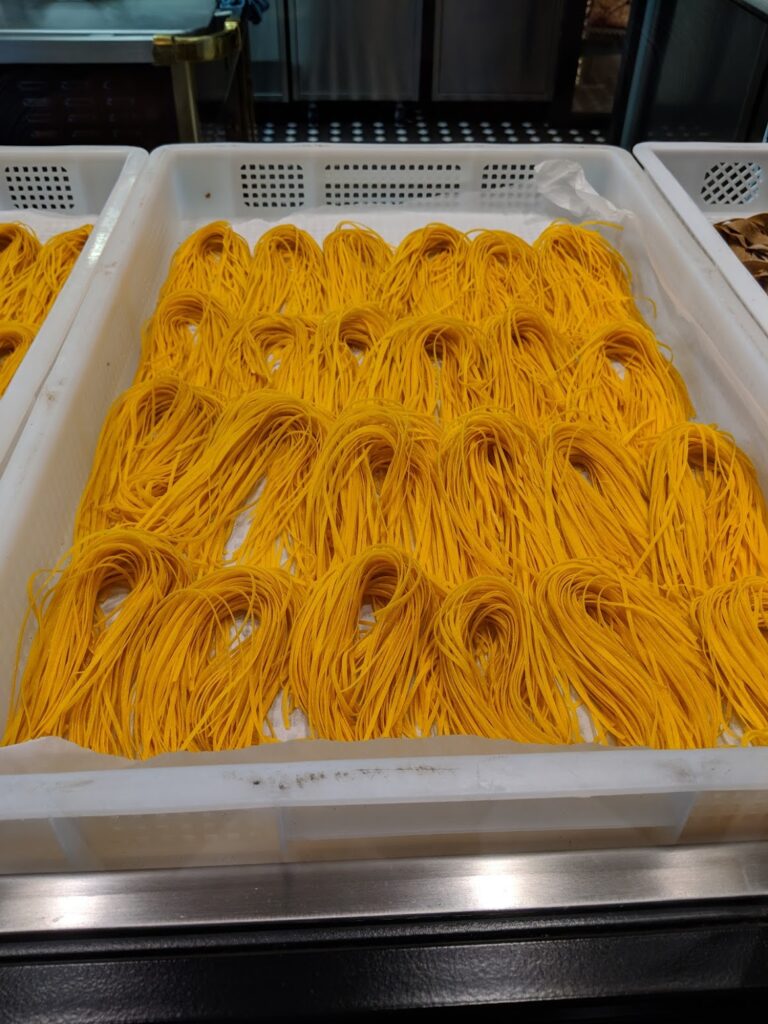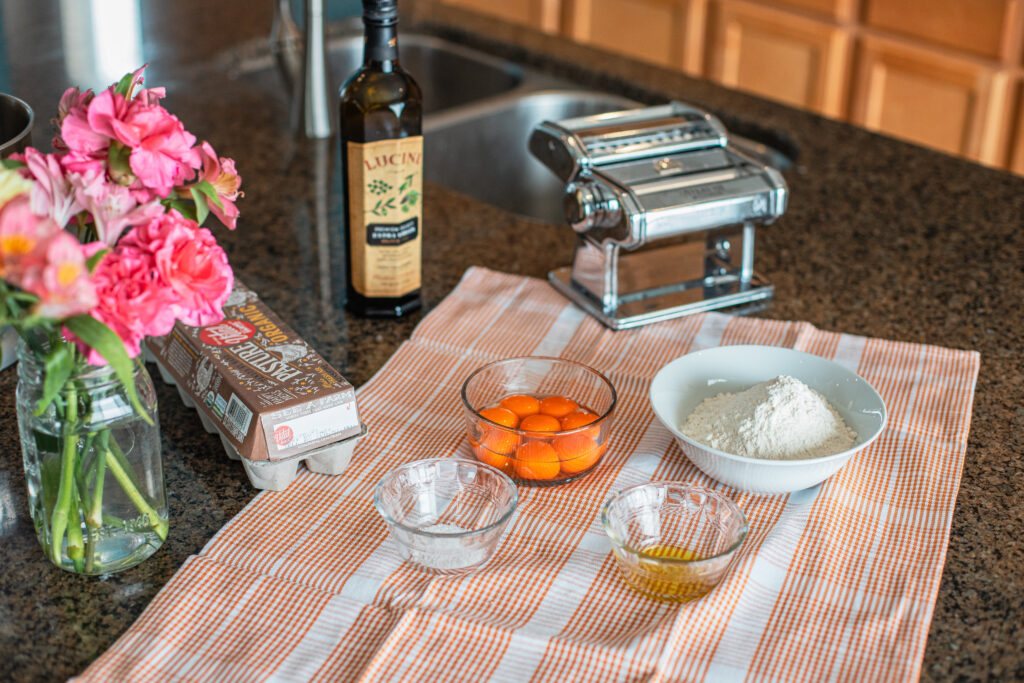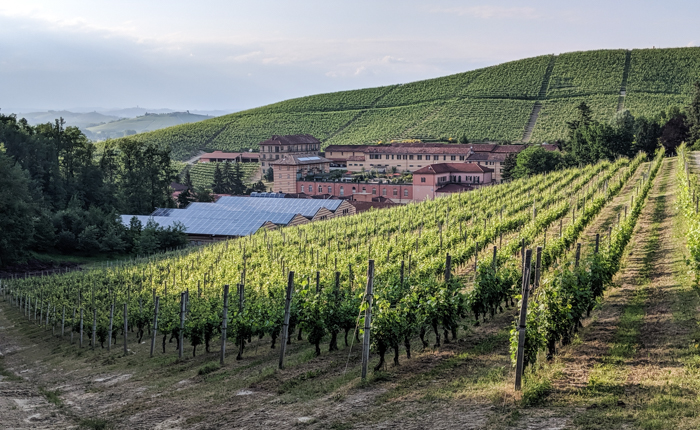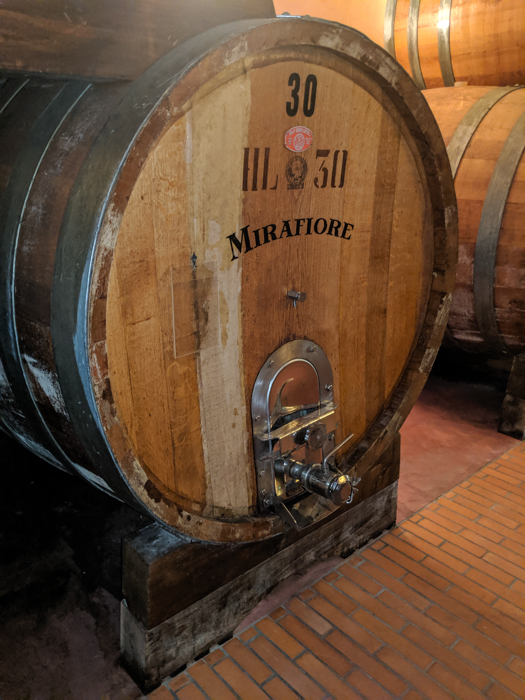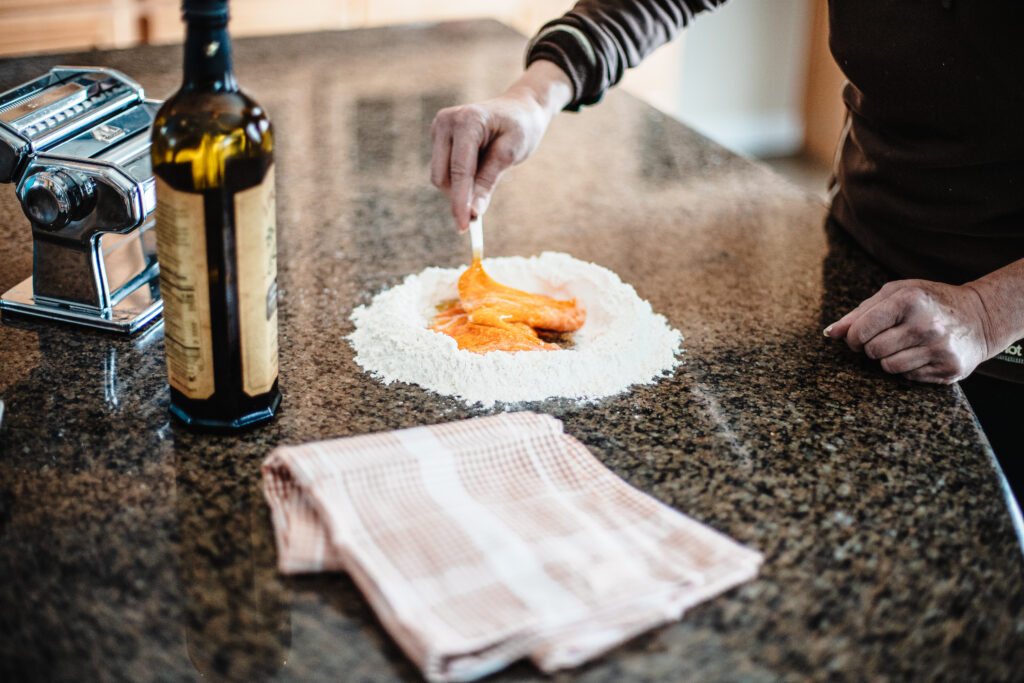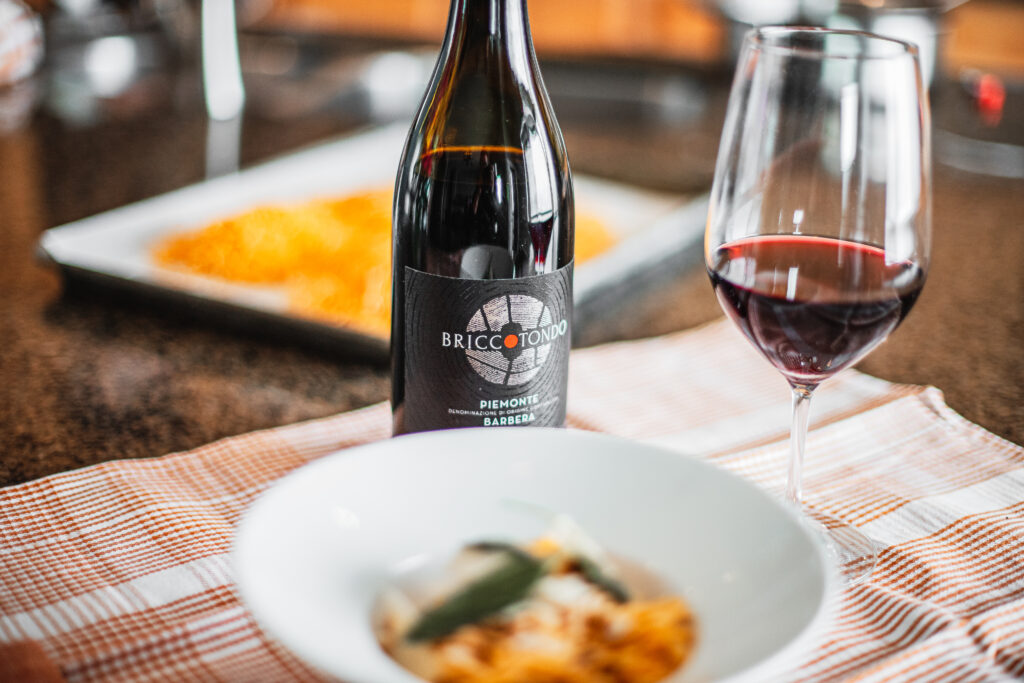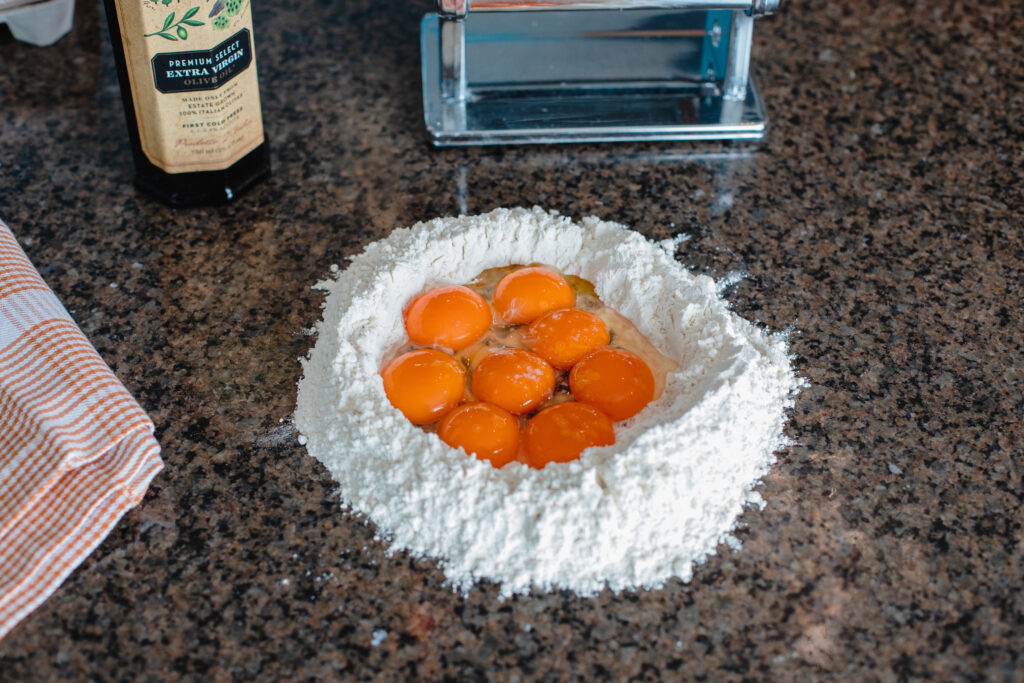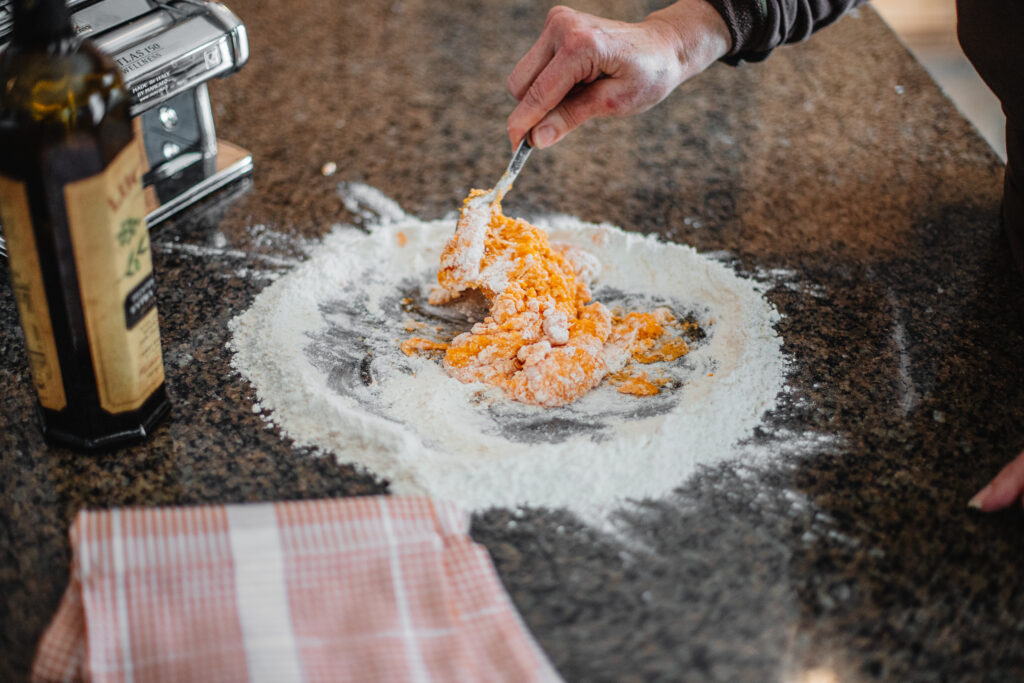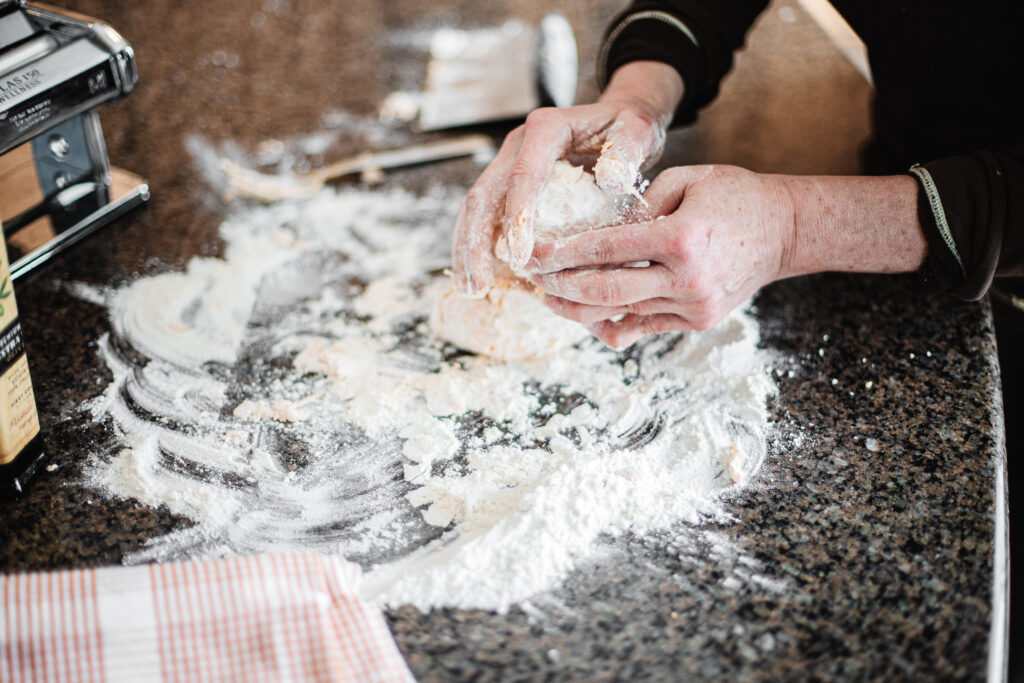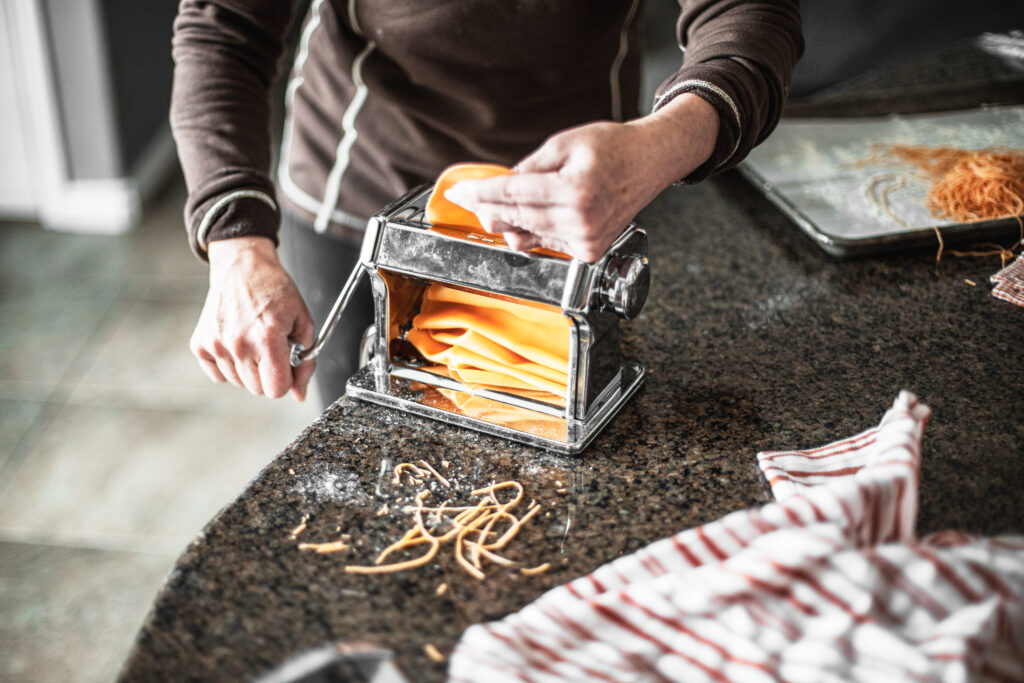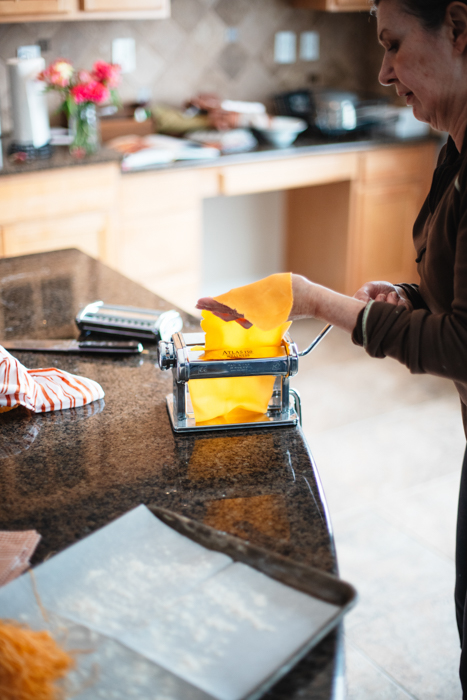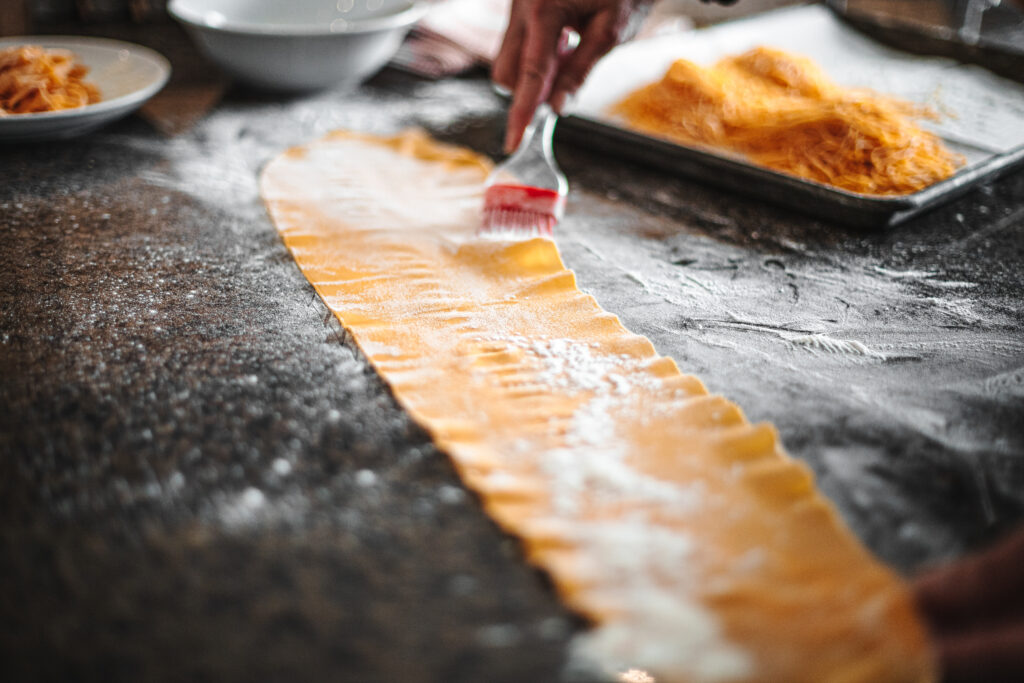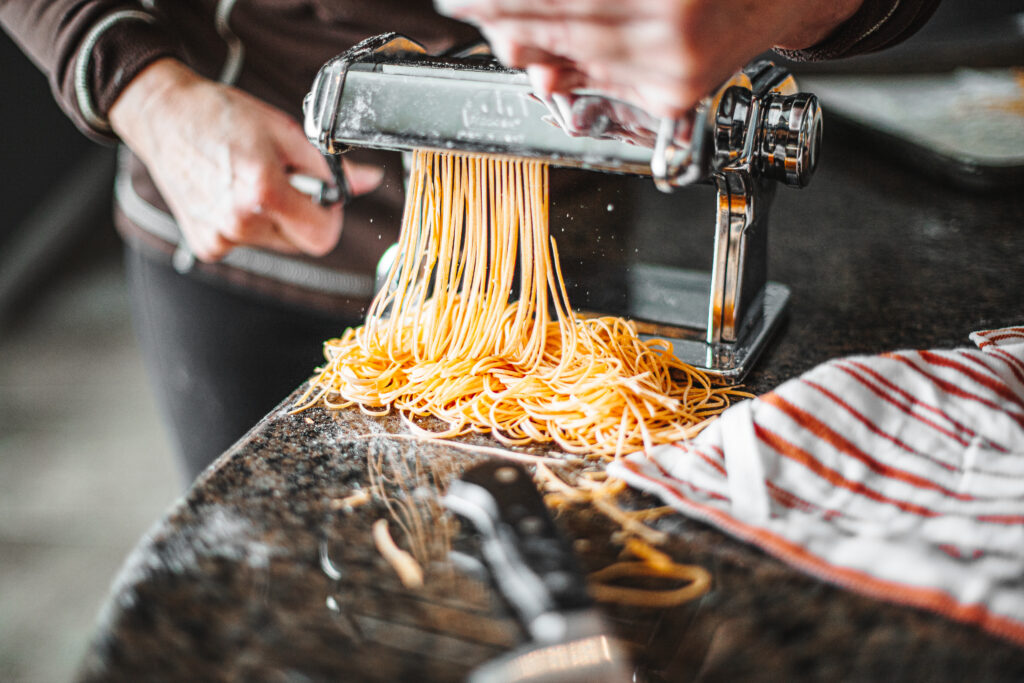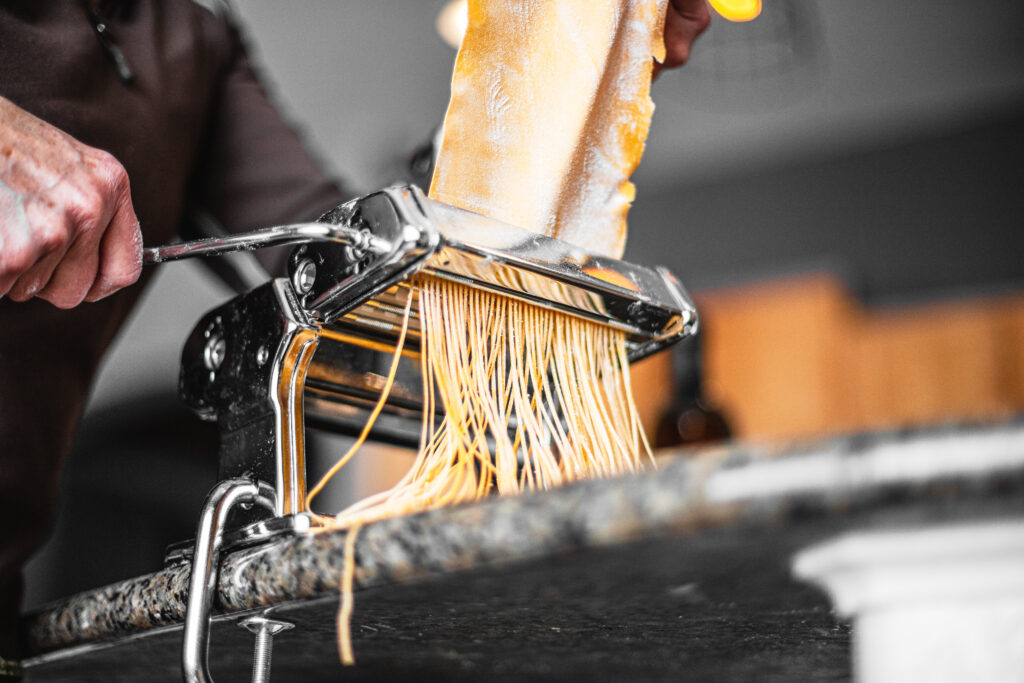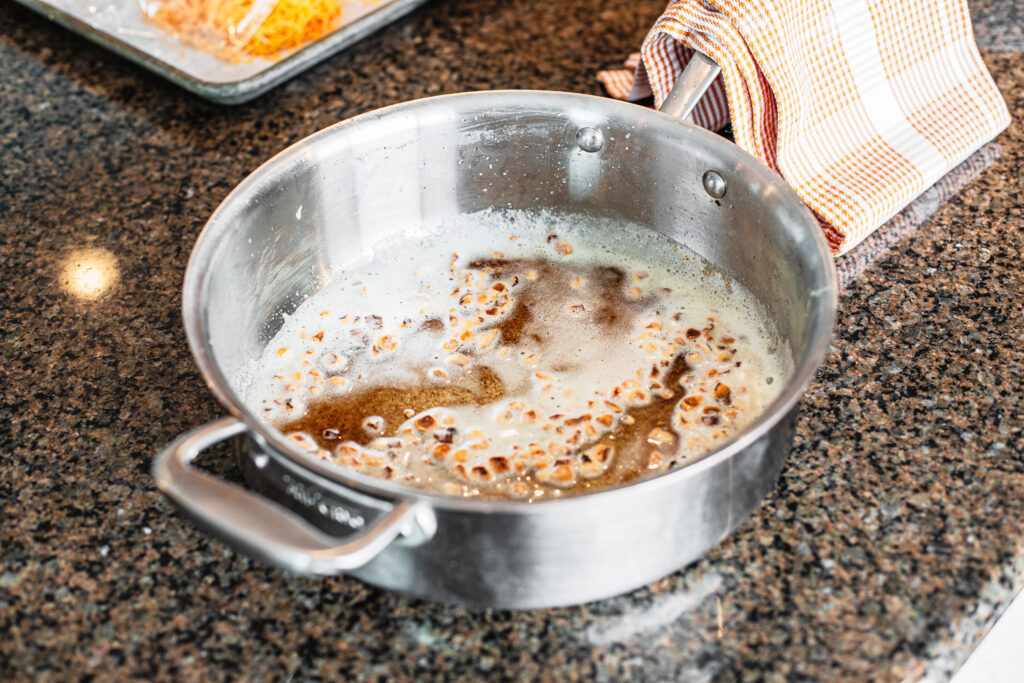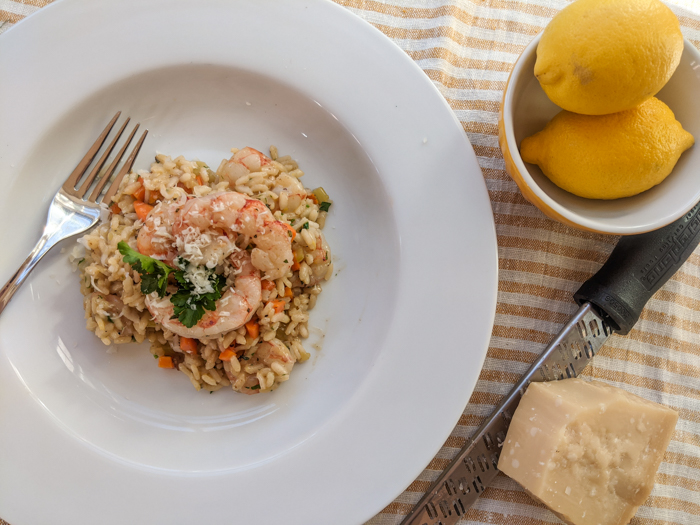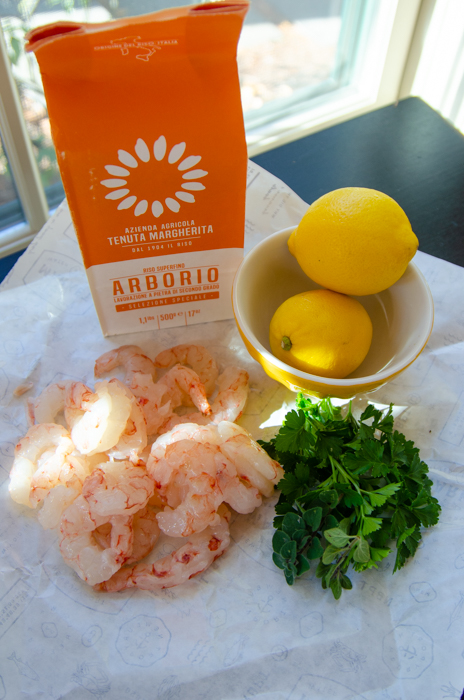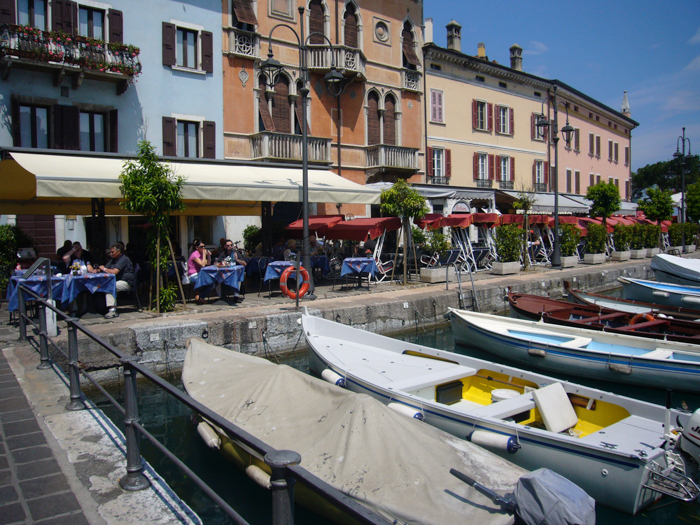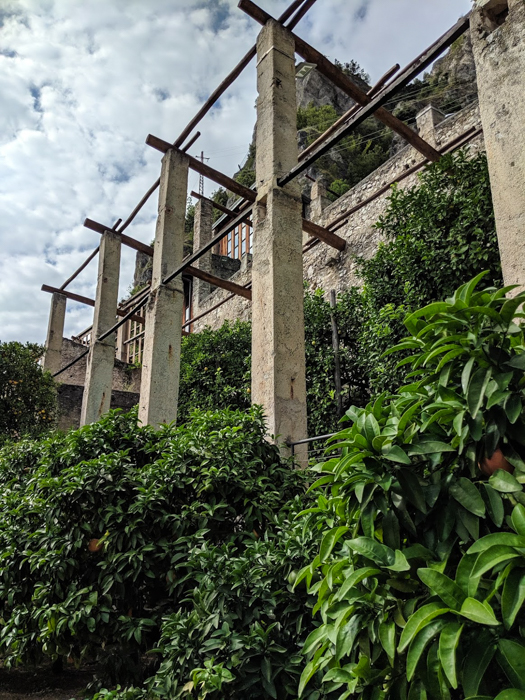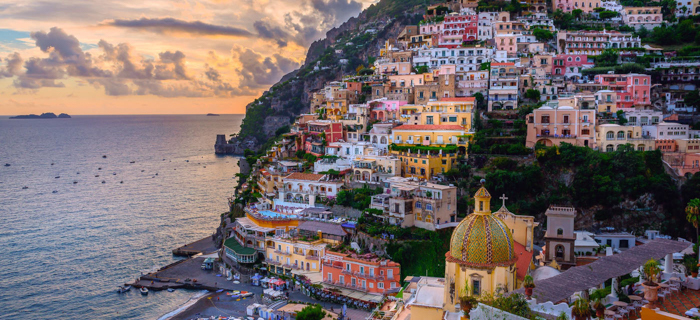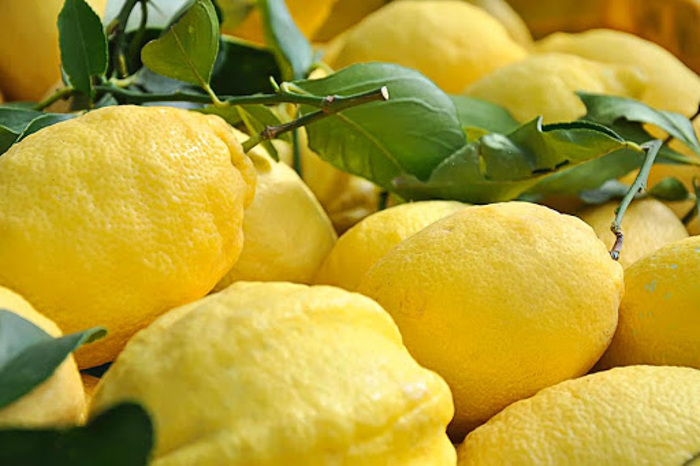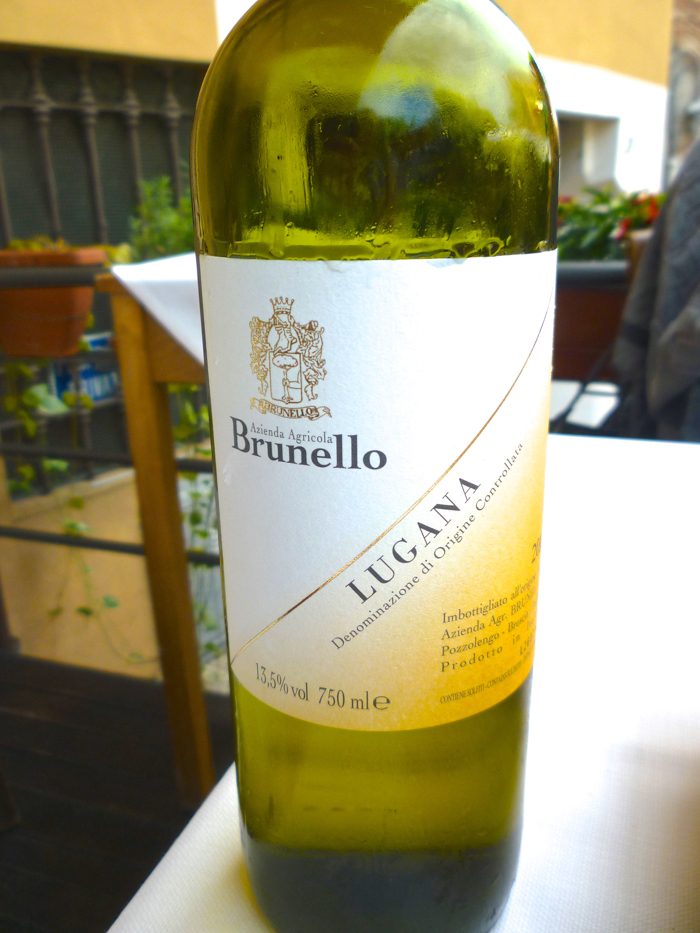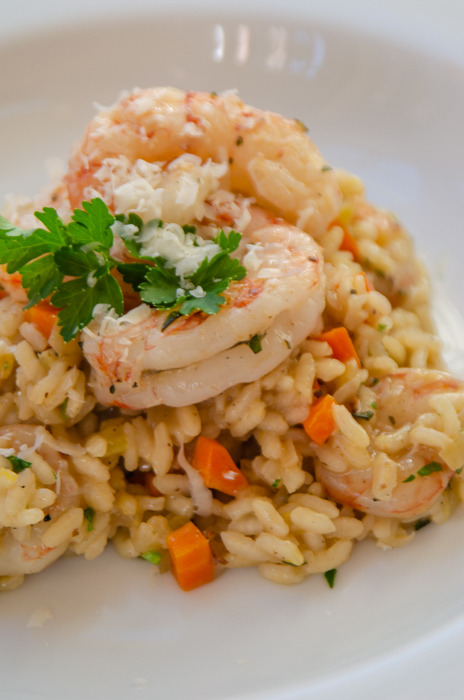A recent trip to Italy ended in Rome, which I hadn’t visited in many years. I indulged in pasta, pasta and pasta, as there are several pasta dishes that appear on most Roman menus, and the local chefs pride themselves on their careful preparation of these seemingly ‘simple’ pastas. All require only a few ingredients, and can be prepared in 30 minutes or so. My next few posts follow my efforts to discover the secrets to master the preparation of these dishes.
My traveling companions were not familiar with these pasta dishes, as it was their first trip to Italy. So helping them keep the four pastas straight, associating each name with the ingredients, was my goal. At our last dinner, we sat down to a table set with placemats that provided a great visual to describe the four – I only wish we had found it at our first meal, and not our last!
As you can see, there is overlap with the ingredients of the four pastas. Cacio e Pepe is the OG here, pasta, pecorino and pepper. Add guanciale, you get Gricia. Add guanciale and eggs, Carbonara. Add guanciale and tomatoes, you have Amatriciana. No more than 5 ingredients in any of the four.
The tricks of the trade to preparing these four dishes overlap as well. One of the cookbooks I turned to to learn about these techniques is “Autentico: Cooking Italian, the Authentic Way”, by Rolando Beramendi. In his description of Cacio e Pepe, he states: “When teaching this recipe, I tell my students that if they can master this dish, they are well on their way to becoming pasta experts. It may seem like a simple dish to prepare, but precise timing and attention to detail are essential to its success.”
So without further ado, let’s learn the tips and techniques that make these recipes and become pasta experts:
Ingredients, Ingredients, Ingredients
This is true for just about every Italian recipe. When you are creating a dish from only a few ingredients, each need to shine. For Cacio e Pepe, there are only 3.
Pasta: The typical shape used for this dish is hand-made tonnarelli pasta (a very thick, square spaghetti) something you won’t easily find outside of Rome. Most recipes will call for spaghetti. I like to use bucatini – slightly thicker than spaghetti, easily found in the US.
An artisanal type pasta is best, one that is sightly rough on the outside. Mass-market producers use teflon-coated dies to extrude pasta at a high speed, the result is a smooth exterior. Traditional dies are brass, and leave a rough texture on the exterior of the pasta. Your lovely sauce will stick better to the pasta if the surface is rough.
These pasta sauces are not meant for fresh pasta, which is typically egg based. Egg pastas are too absorptive and lack the structure required for these dishes.
Pecorino: More specifically, Pecorino Romano. The cheese is so important to this dish that it is the source of the name, “Cacio” is the local dialect for cheese. Pecorino is a goat cheese, with many types produced in several regions like Tuscany and Lazio. It is 3x more flavorful than Parmigiano Reggiano!
Look for a quality aged pecorino imported from Italy. Younger versions, and many American produced versions will not melt correctly and your dish will not work. If you cannot find a Pecorino Romano, I have successfully used other Italian Pecorinos, like a Pecorino Pepato from Sicily (which conveniently contains black pepper), and an aged goat cheese from Calabria.
You can use an authentic Parmigiano Reggiano for a nice dish, but it won’t have the barnyard “punch” you’ll get with a nice Pecorino. Barnyard may not sound like appealing, but done right, it is 🙂
Grate your pecorino as finely as possible, I prefer to use a microplane to grate the cheese for this dish.
Pepper: Black Tellicherry peppercorns, toasted in a pan and then crushed in a mortar and pestle is the tradition. I used freshly cracked Tellicherry peppercorns when a mortar and pestle is not at hand (or I’m lazy.) I’ve also used some wonderful coarsely cracked peppers like the Salt Sisters Applewood Smoked Black Pepper. But some, like Schezuan, might be too powerful. In any case, you want high quality options, not the finely ground pepper you bought some years back and found stuck in the back of your spice drawer.
A few more tips:
Gather and prep all your ingredients before starting the dish. The process goes quite quickly when it begins, and you don’t want to overcook your pasta while grating your cheese or grinding the pepper.
Reserving the pasta cooking water is key. Pasta water consists of water and starch granules. What happens when you add a starch like flour to a sauce? It thickens, but not only does it thicken, it acts as an emulsifier so a little pasta water can transform a sauce with a bit of oil in it into a smooth creamy sauce that coats your pasta. I have lost count of the number of times I forgot and drained all the cooking water down the drain. I now always set a 2-cup measure out by my pasta cooking pot, and scoop out 2 cups before I drain. I do this step for every pasta I cook, whether the recipe calls for it or not. I have found that even a tomato based or meat based sauce can benefit from a bit of pasta water occasionally. Create your method to remember this important step!
Do not add oil to your pasta water. It will counteract all of your efforts to create a sauce that adheres to the pasta.
Warm the pasta bowls. This can help your creamy sauce creamy as it is consumed.
Enjoy with a nice robust red. This dish, when made with a robust pecorino, can stand up to a robust red, like a nice Chianti Classico.
Cacio e Pepe
Serves 6 as a first course, 4 as a main.
1 pound spaghetti
1/2 cup grated pecorino (pecorino Romano is best)
1 tablespoon black pepper (toasted and ground in a mortar if possible)
Kosher salt
Bring a large pot of salted water to a boil. Add the pasta, stirring occasionally as it softens to keep the pasta from sticking to the bottom, or to each other. From time to time, grab a strand and taste, until the spaghetti is al dente, about 10 minutes. Remove 2 cups of the cooking water and reserve. Turn the heat to low.
Drain the pasta in a colander and return it to the pot, off the heat. Add about half the cheese to the warm spaghetti. Toss the spaghetti to coat it with the cheese as it melts. Add about 1/2 cup of the cooking water, and continue to mix, adding the remaining cheese and more water as necessary until the spaghetti is evenly coated and creamy.
Sprinkle the pepper over the top and toss until the pepper is evenly distributed. Taste and season with salt and more pepper as necessary. Serve immediately in warm pasta bowls with extra cheese and pepper on the side.
